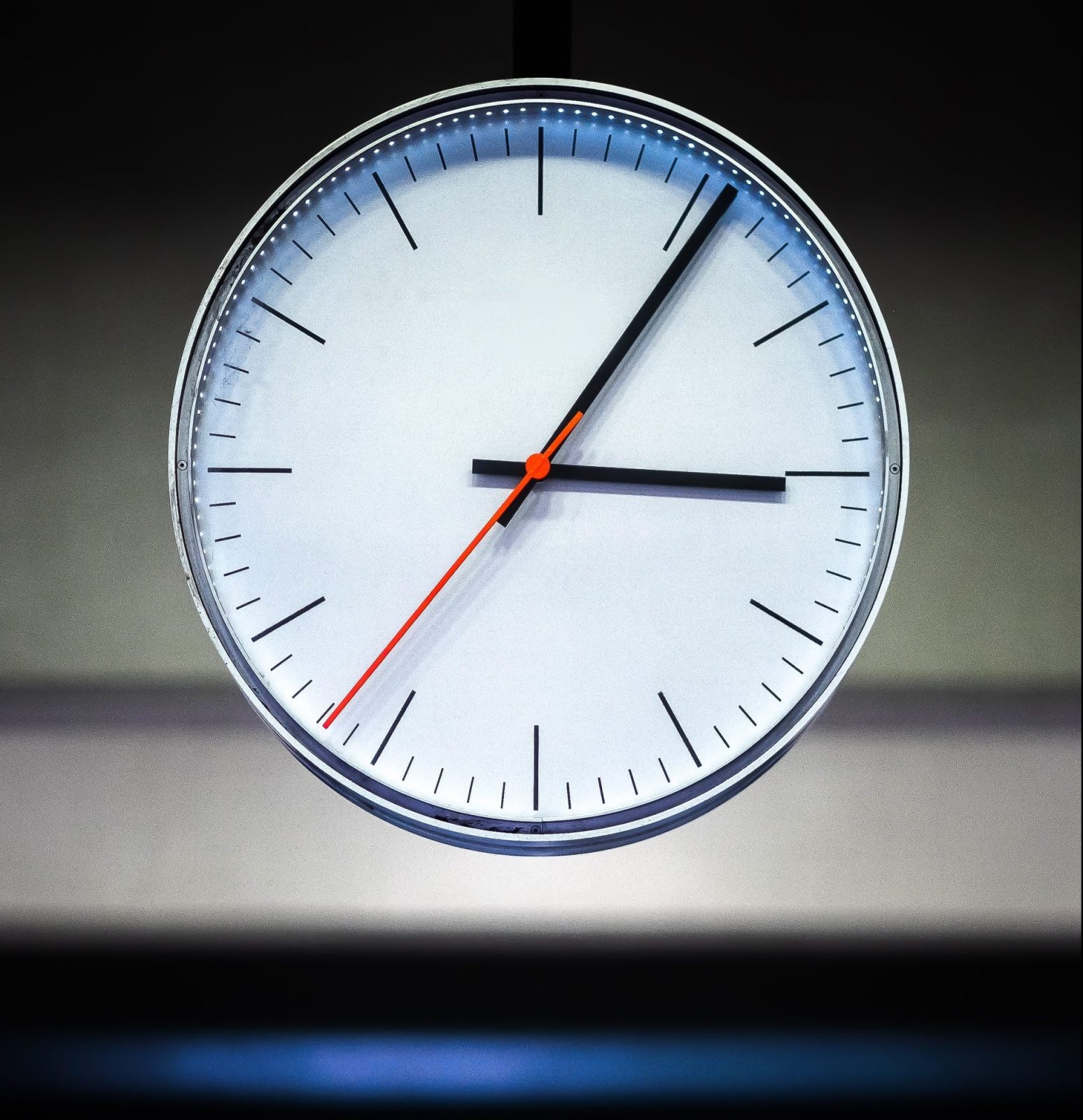Features of GPS and DCF77
Contents
Place of Use
| GPS: | world-wide |
| DCF77: | within a 2000 km radius around Frankfurt |
Antenna
| GPS: | Only outdoor antennas possible. This requires more complicated equipment for lightning protection. Also the antenna circuit should be potential free, because in case of lightning protection the antenna coat is earthed which may cause earth loops. The standard antenna cable must not exceed 25 m because of the high frequency and the low reception power. Cable lengths up to 200 m can be reached with special cables and power amplifiers. |
| DCF77: | Outdoor and indoor antenna are possible. Standard cables can bridge distances of up to 500 m between the antenna and the electronics. Outdoor antennas also require lightning protection and potential free antenna circuits. |
Decoding
| GPS: | The decoding of the high frequency and the low reception power cannot yet be covered by standard equipment. High quality devices and high computing power is necessary. World-wide use make a broad and cheap supply very likely in the near future. |
| DCF77: | The decoding can be done by simple standard units. Low-cost clocks for every-day use are available for less than 50 Euro. |
Noise Immunity
| GPS: | The high frequency and the phase modulation of the signal guarantee high noise immunity. It is difficult to simulate this signal. |
| DCF77: | Due to the low frequency and amplitude modulation the signal is liable to many interferences from atmospheric, magnetic and electric sources. It is easy to simulate the signal. |
Accuracy
| GPS: | With time decoding programme high short-term accuracy of ± 1 µsec. Good control characteristics free running crystals (standard ± 0.1 ppm). |
| DCF77: | Bad short-term accuracy, as a rule +5 to +25 msec, pretty bad characteristics for free-running crystals achievable ± 2 ppm. |
Terms
| DCF77: | German time signal transmitter transmission frequency 77.5 kHz |
| GPS: | Global Positioning System, navigation system supported by satellites, transmission frequency 1.57542 GHz for commercial purposes |
| UTC: | Universal Time Co-ordinated, co-ordinated global time, previously GMT |
| GPS-UTC: | continuous global time without correction by leap second |
| GHz: | 1 billion Hertz |
| ppb: | part per billion = 1 * 10 -9 e.g. time error 1 ppb = 0.0864 msec per day |
| ppm: | part per million = 1 * 10 -6 e.g. time error 1 ppm = 86.4 msec per day |
| msec: | 1 thousandth of a second |
| µsec: | 1 millionth of a second |
| 3D: | three dimensional calculation of the position, longitude, latitude and altitude |
Author: B. Rega

